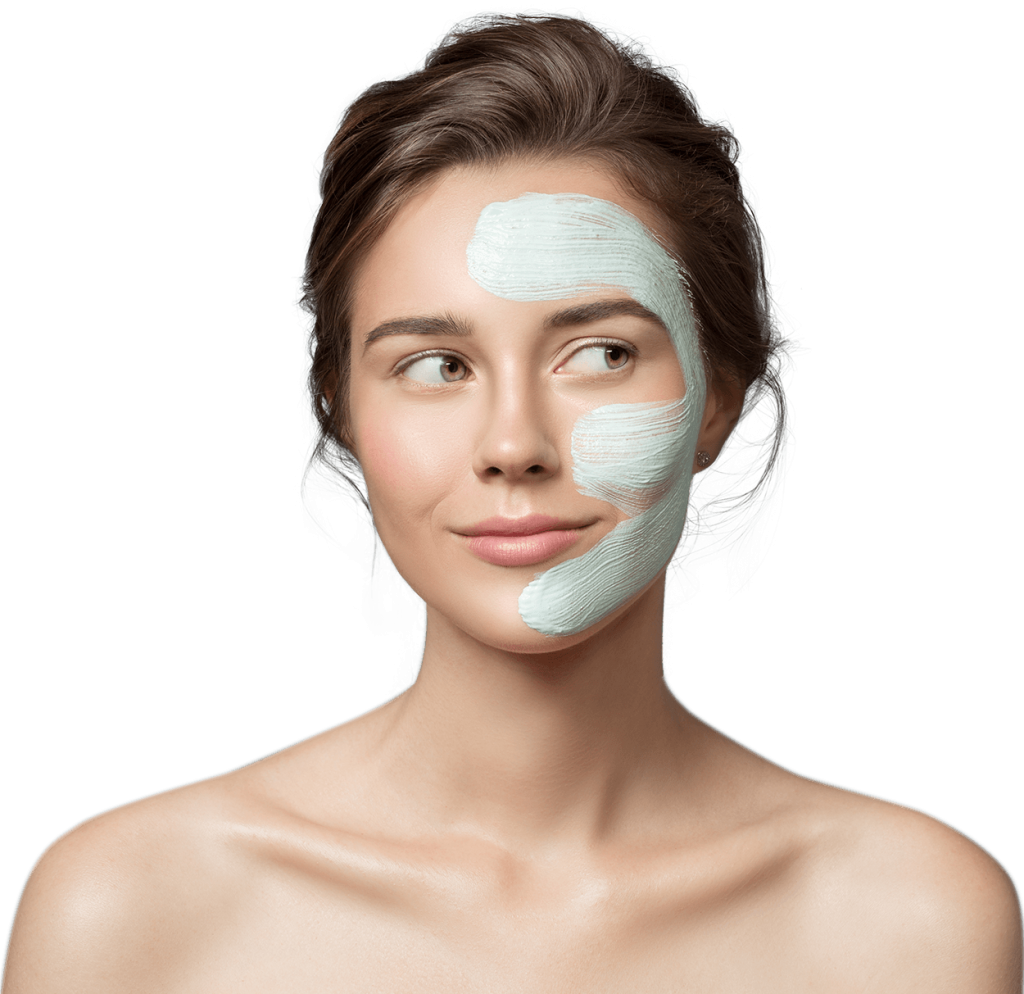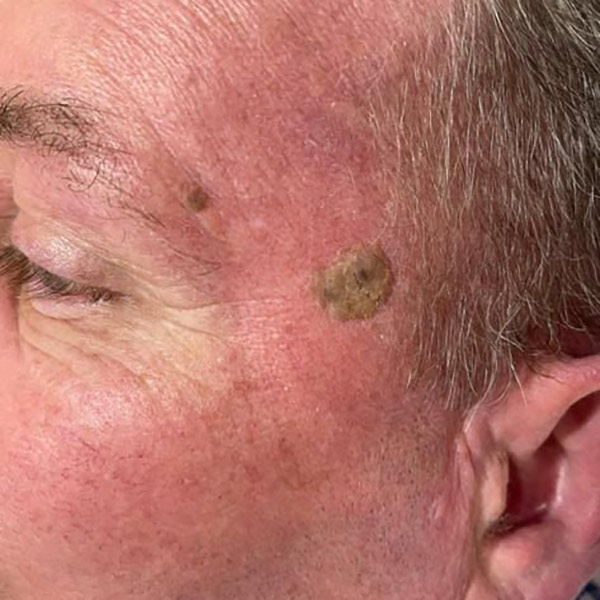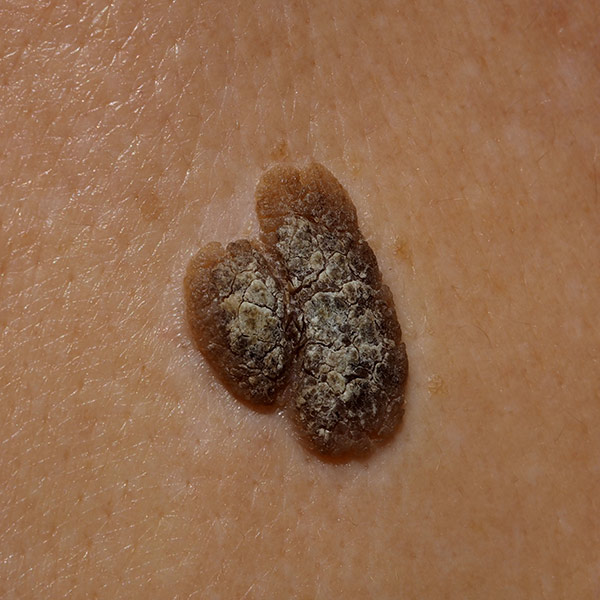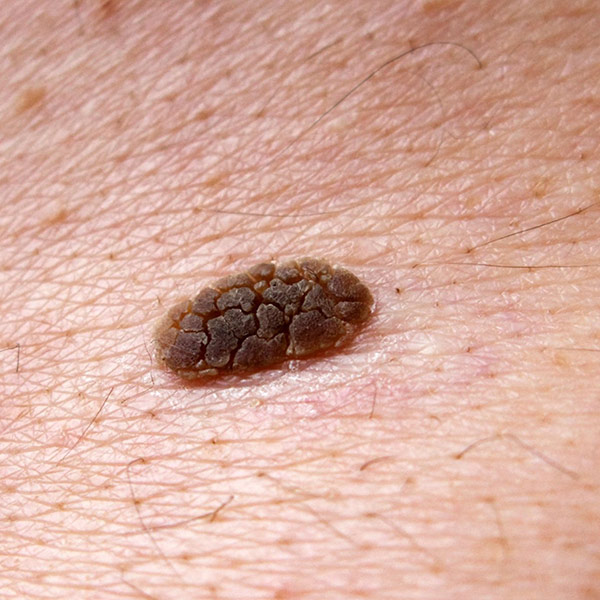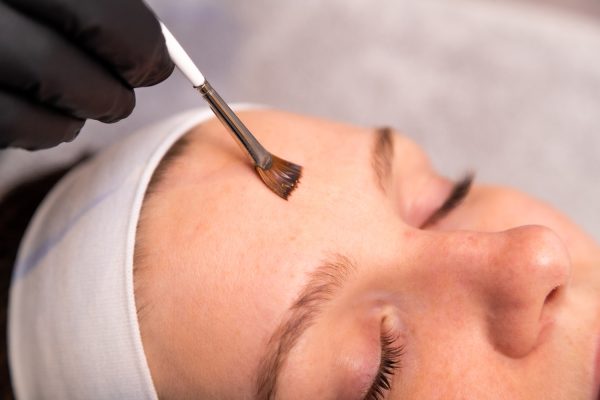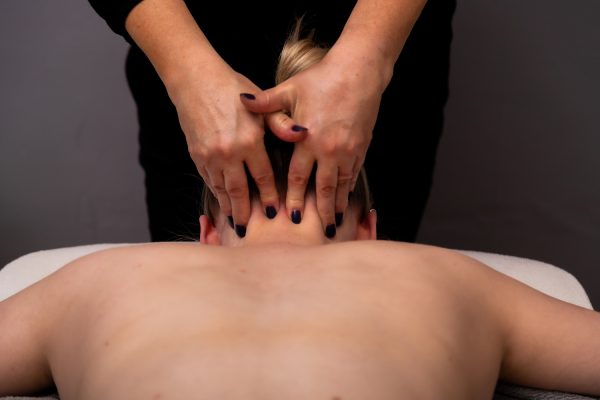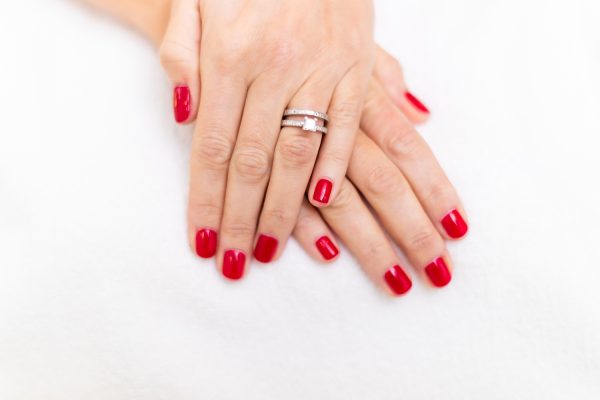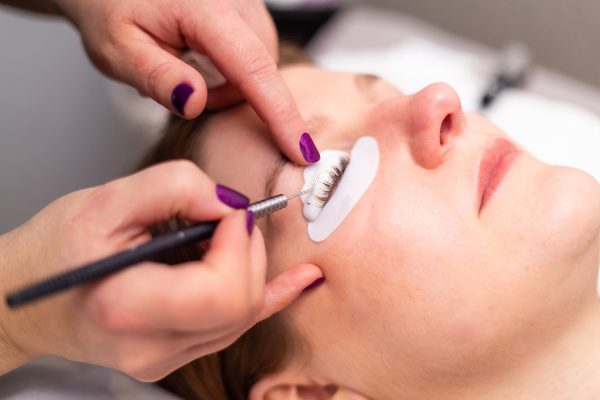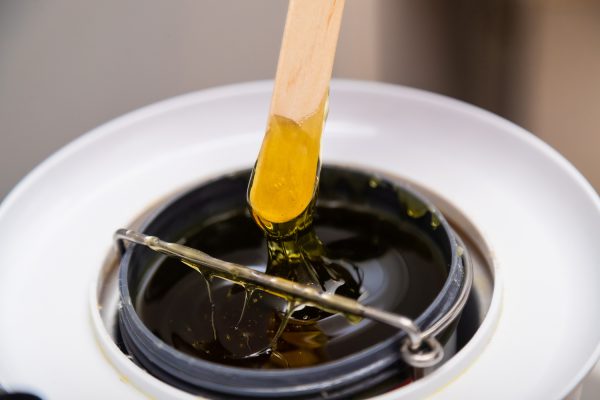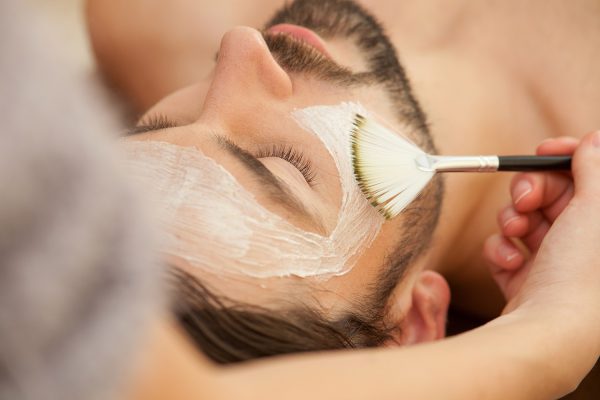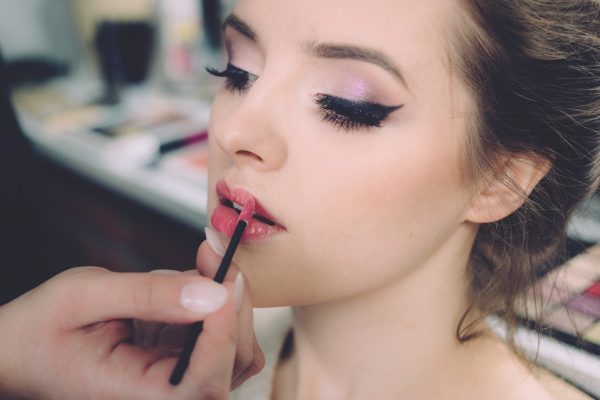Unlike traditional electrolysis, which is primarily known for hair removal, advanced electrolysis utilises a refined technique that targets superficial skin concerns with minimal discomfort and downtime.
This treatment is performed using a fine probe and a tiny current that delivers heat energy to the affected area. The process is quick, safe, and suitable for most skin types. Whether it’s a skin tag, milia, or thread vein, advanced electrolysis offers a tailored solution to help restore smooth, clear skin and enhance your natural confidence.
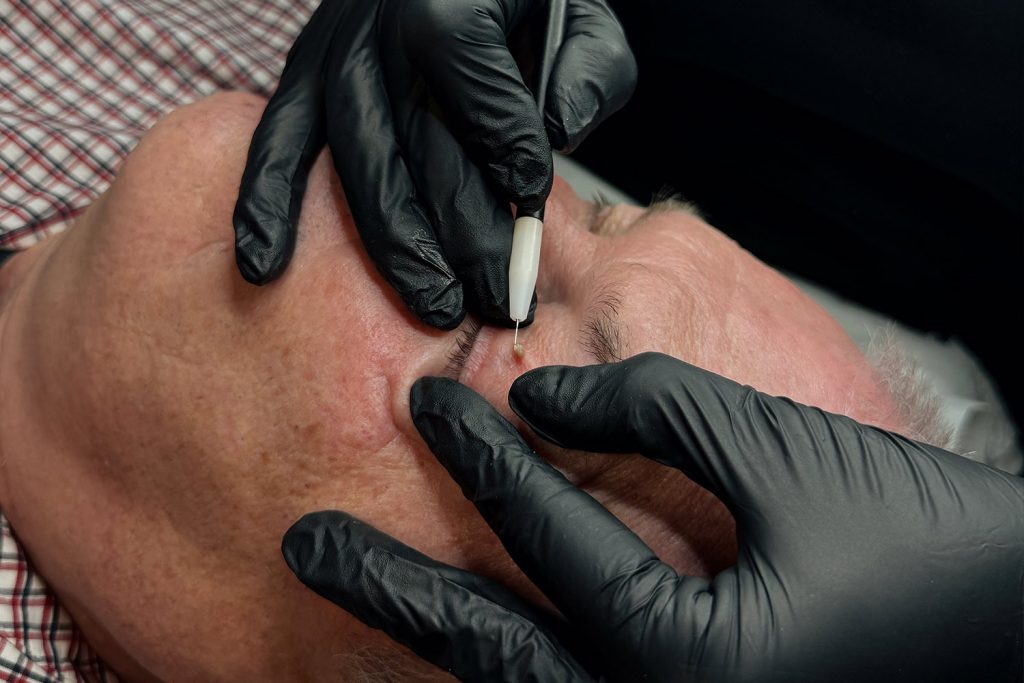
Benign Blemishes Treated
Advanced electrolysis is an ideal solution for treating a range of benign (non-cancerous) skin blemishes that may cause cosmetic concern or discomfort. Each condition is treated with precision, targeting only the affected tissue while leaving surrounding skin intact. Here are some of the most common blemishes that can be safely and effectively removed:
Skin Tags

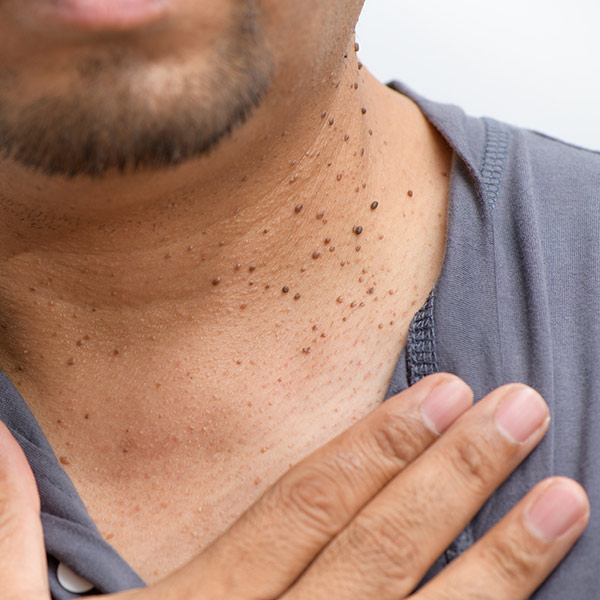
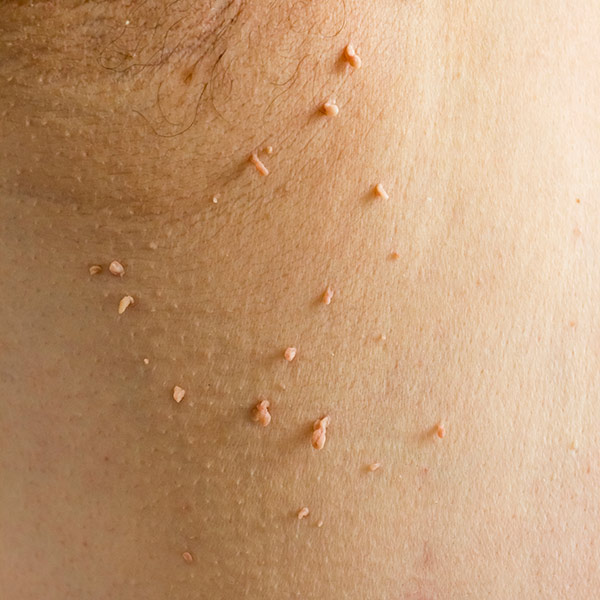
Small, soft growths that hang off the skin, often found on the neck, underarms, or eyelids. Harmless but sometimes irritating or unsightly.
Milia
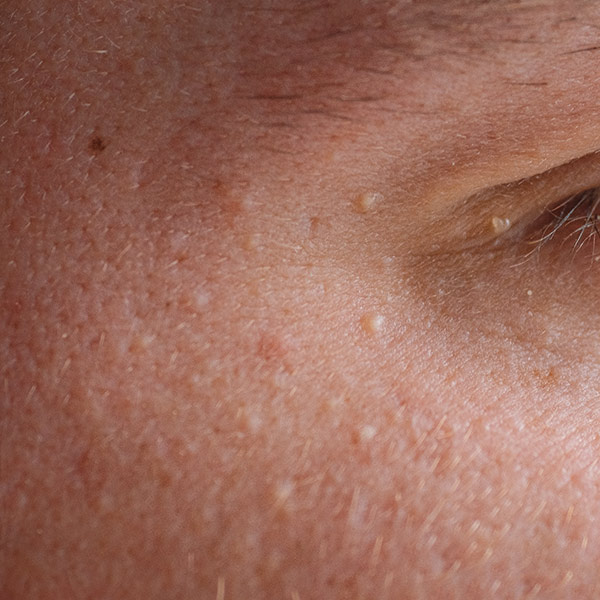
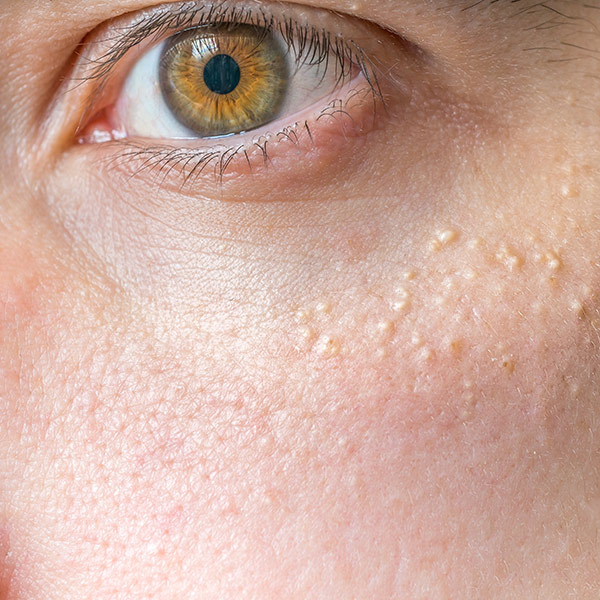
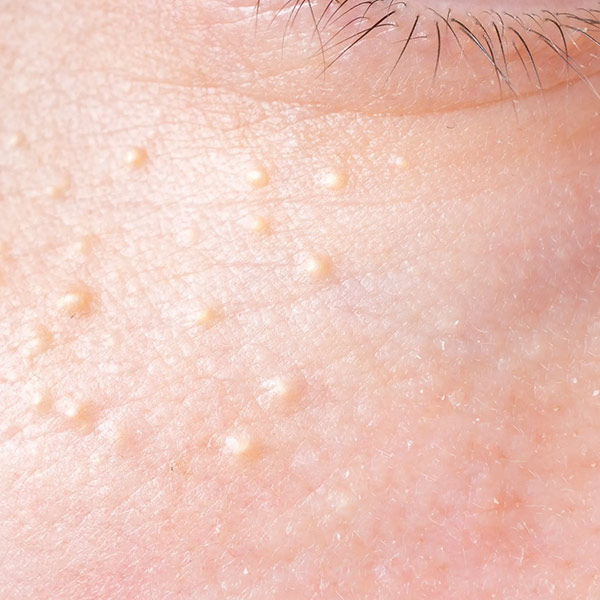
Tiny white or yellowish cysts often seen around the eyes or cheeks, caused by trapped keratin beneath the skin’s surface.
Cherry Angiomas
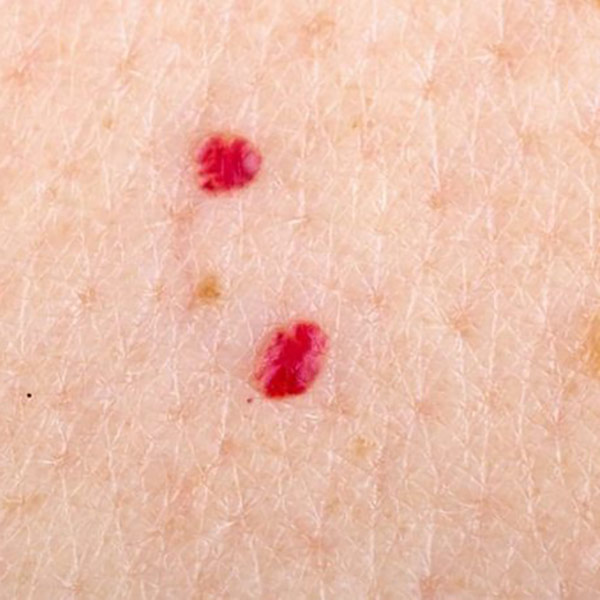
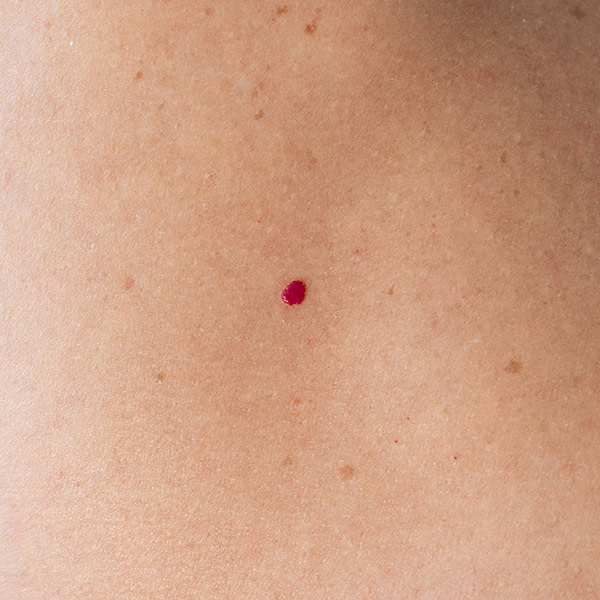
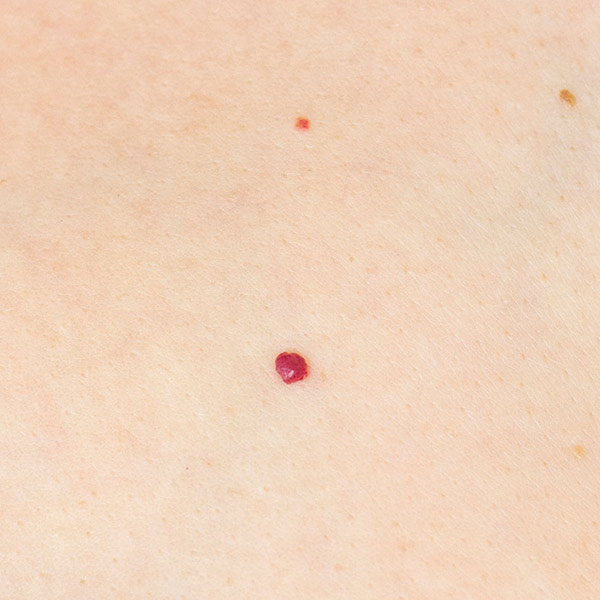
Bright red, dome-shaped bumps made up of small blood vessels. Typically appear on the trunk but can form anywhere on the body.
Spider Veins
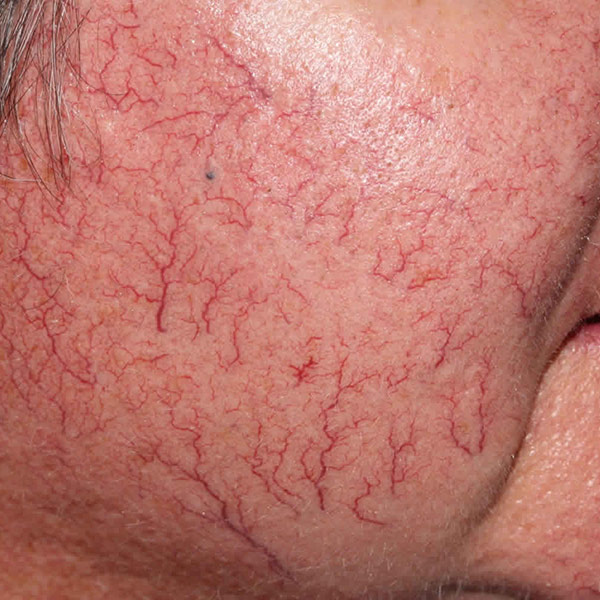
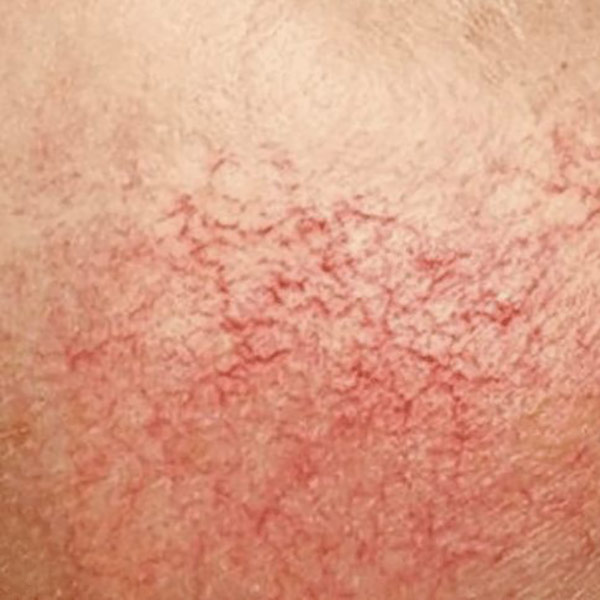
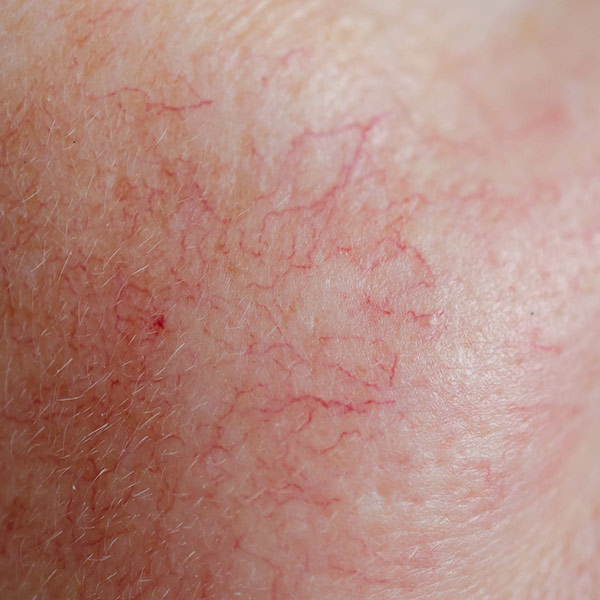
Also know as Telangiectasia, these are small, thread-like red or purple veins that appear just beneath the skin, usually on the face or legs.
Xanthelasma
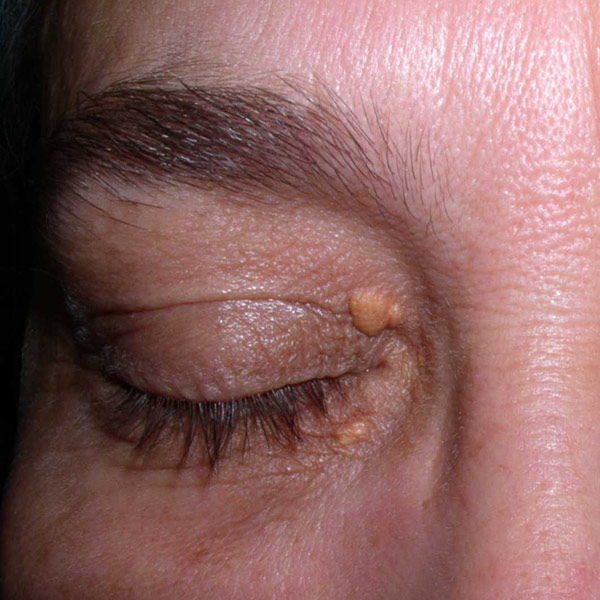
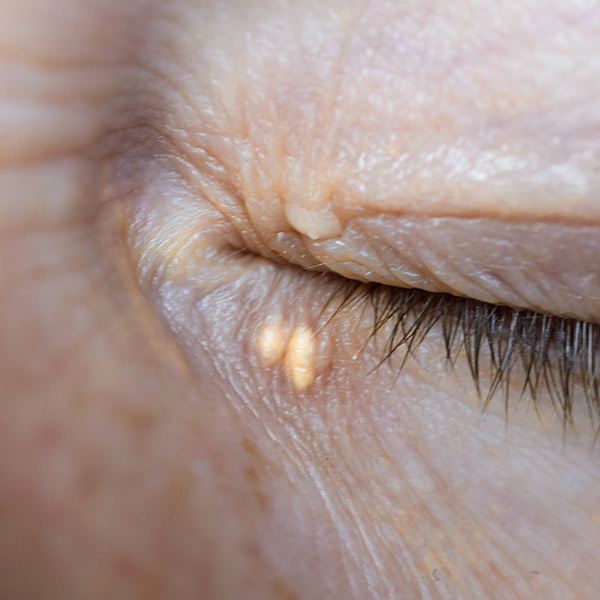
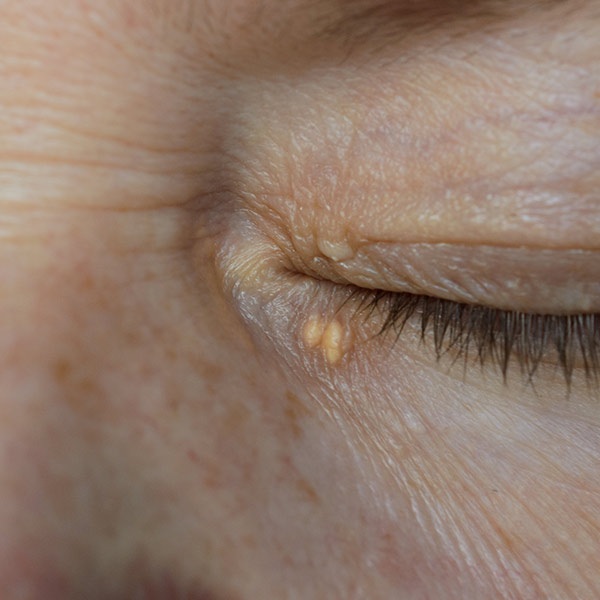
Yellowish deposits of cholesterol, typically around the eyelids. Soft and flat, they can become more noticeable over time.
Syringoma
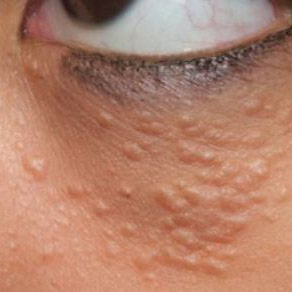
Small, flesh-toned or yellowish bumps usually found around the eyes, cheeks, or upper body. Caused by overactive sweat glands, syringomas are harmless but often removed for cosmetic reasons.
Dermatosis Papulosa Nigra
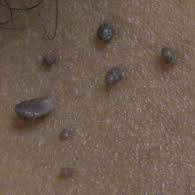
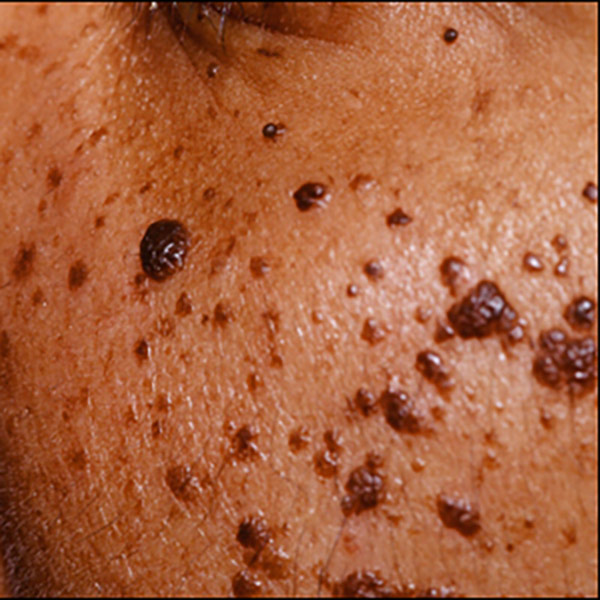
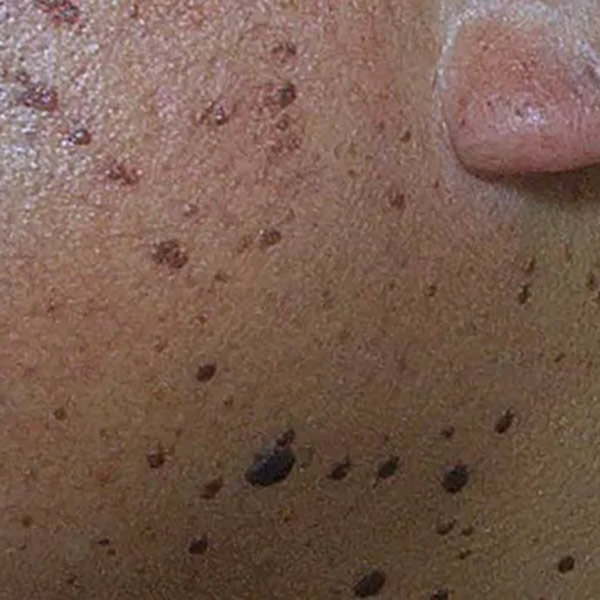
DPN are tiny, dark brown to black papules that typically appear on the face and neck. Common in individuals with darker skin tones, particularly of African or Asian descent. They are benign and tend to increase with age.
Common Warts
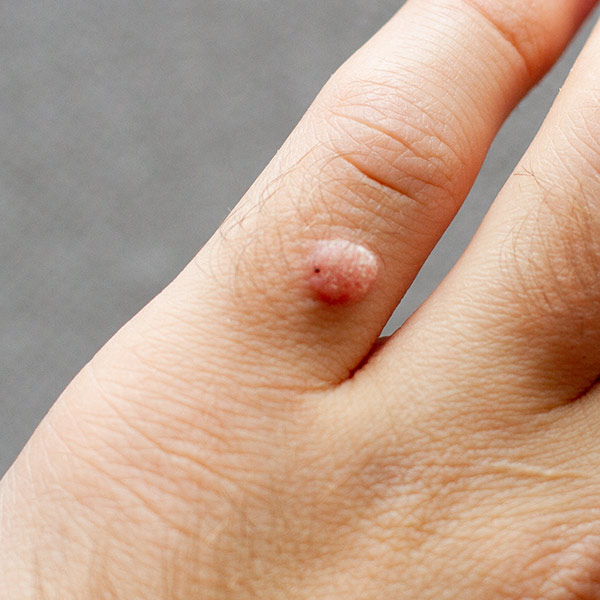
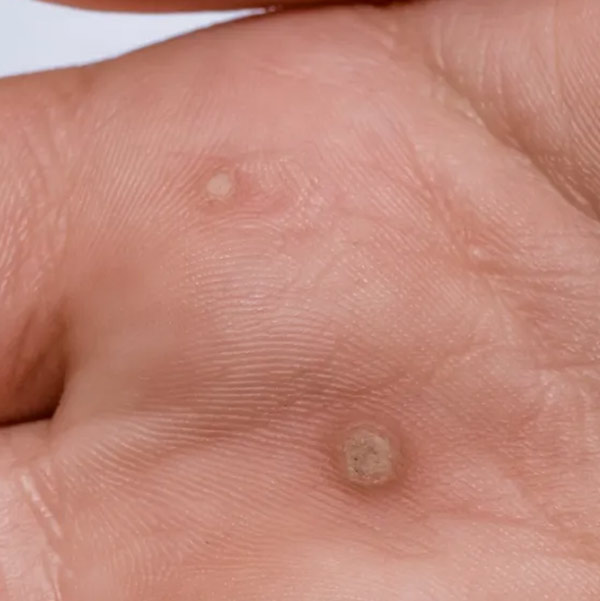
Rough, raised skin growths caused by the human papillomavirus (HPV). Most often found on the hands and fingers, they are contagious but benign, and can be effectively treated with advanced electrolysis.
Verrucas (Plantar Warts)
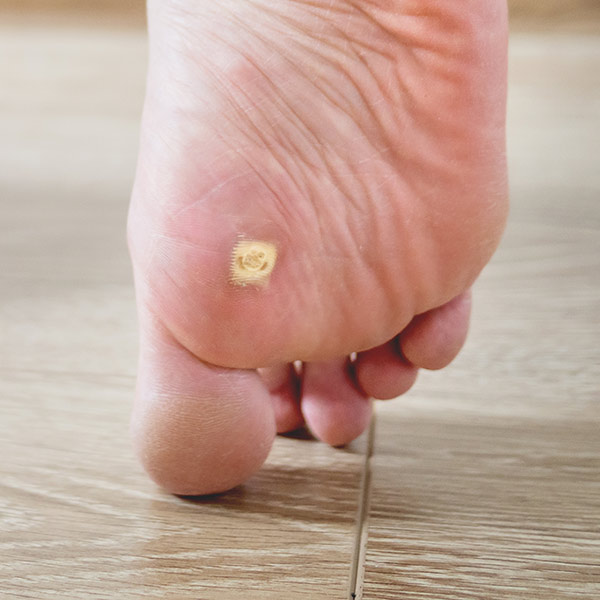

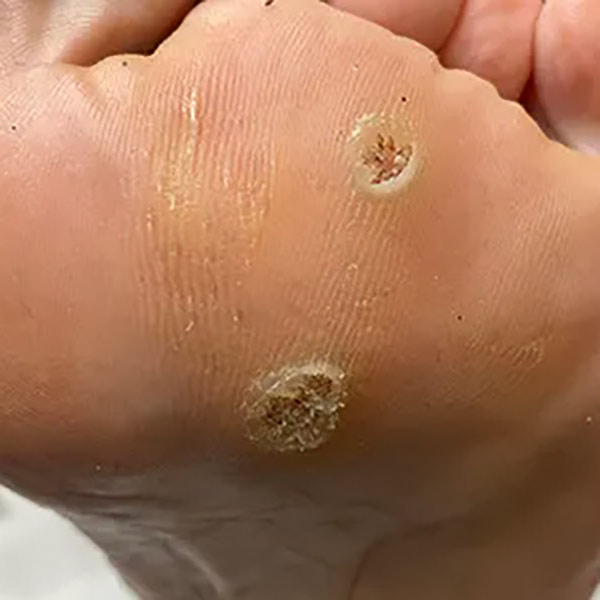
A type of wart that appears on the soles of the feet, often with a hard, grainy surface and sometimes tiny black dots (clotted blood vessels). They can be uncomfortable when walking but are safely treatable.
Moles
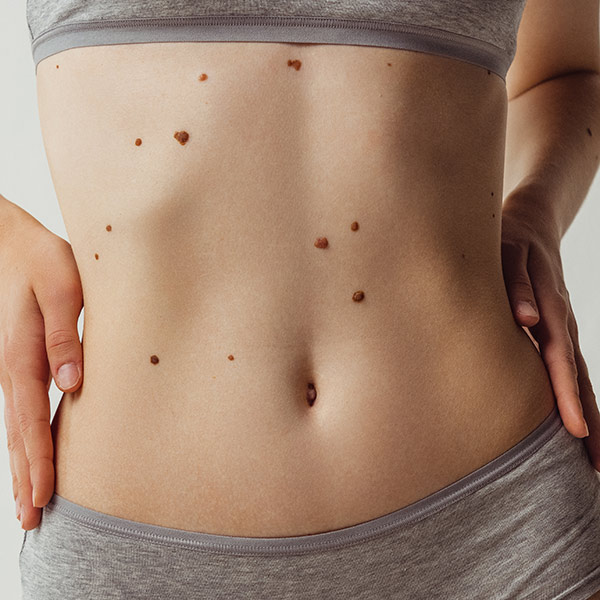
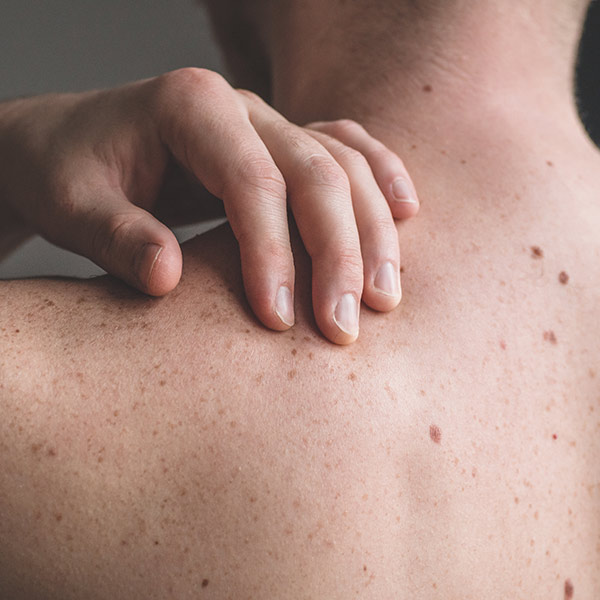
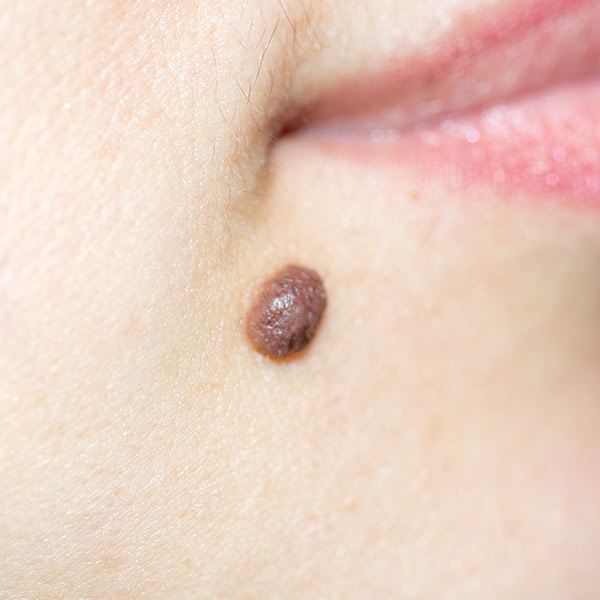
Moles must be assessed by a qualified medical professional to rule out any risk before treatment can proceed.
How the Treatment Works
Advanced electrolysis uses a precise electrical current to safely remove unwanted skin blemishes without the need for cutting or invasive procedures. It’s a quick and highly targeted treatment performed by a trained professional using specialist equipment designed for skin lesion removal.
The Process
1. Consultation
Every treatment begins with a thorough consultation to assess the blemish and determine if advanced electrolysis is suitable *.
2. Preparation
The skin is gently cleansed, and in some cases, a topical numbing cream may be applied to enhance comfort.
3. Treatment
A fine, sterile probe is applied to the blemish, delivering a tiny electrical current that heats and dries the tissue. The blemish is then removed or shrinks and sheds naturally over the next few days.
4. After Care
After the treatment, a soothing aftercare product may be applied. The area may appear slightly red or scabbed temporarily, but healing is generally quick with minimal disruption to daily life.
* In some cases—especially with moles or certain pigmented lesions—you may be required to get approval from a GP or dermatologist before proceeding.
What It Feels Like
Clients often describe the sensation as a brief, warm prickling or stinging feeling. Most find it very tolerable, and sessions are usually short—often under 30 minutes depending on the number and type of blemishes being treated.
Safety & Hygiene
The procedure is performed in a sterile environment using single-use, disposable probes and medically approved equipment. It’s a safe and controlled method with a strong track record of success.
Benefits of Advanced Electrolysis
Advanced electrolysis offers a highly effective, non-invasive solution for treating a wide range of skin blemishes — with precision, minimal downtime, and long-lasting results. Here are just some of the reasons clients choose this treatment:
- Targeted Precision: Each blemish is treated individually, allowing for focused removal without affecting surrounding healthy tissue.
- Versatile Treatment: Suitable for many types of benign blemishes including skin tags, milia, thread veins, and more — all in one treatment.
- Safe and Non-Surgical: No need for cutting, stitches, or invasive procedures.
- Minimal Downtime: Most clients can resume daily activities immediately. Any redness or scabbing typically resolves within a few days.
- Suitable for Most Skin Types: Advanced electrolysis can be performed on all skin tones, and on nearly all areas of the face and body.
- Long-Lasting Results: Once removed, many blemishes do not return. In cases where new ones form, they can be easily retreated.
- Boosts Confidence: Clients often report a significant boost in self-esteem after removing long-standing skin concerns.
Aftercare & Results
Proper aftercare is essential to ensure the best possible results following advanced electrolysis. While the treatment is gentle and non-invasive, the skin needs a little time to heal and regenerate after each session.
What to Expect After Treatment
- Mild redness, warmth, or swelling in the treated area is common and usually subsides within a few hours.
- A tiny scab or crust may form over the treated area. This is a natural part of the healing process and should be left to fall off naturally.
- The skin will gradually return to normal, usually within 7–10 days, though some areas (such as the legs) may take a little longer.
Aftercare Guidelines
To promote healing and reduce the risk of irritation or pigmentation:
- Keep the area clean and dry for the first 24 hours.
- Avoid touching, picking, or scratching the treated area.
- Apply a recommended soothing product (such as aloe vera gel or antiseptic cream) as advised.
- Avoid makeup and perfumed products on the area for at least 24–48 hours.
- Protect the area from sun exposure — use a broad-spectrum SPF to prevent post-inflammatory pigmentation.
- Avoid swimming, saunas, and intense exercise for 24–48 hours post-treatment.
Final Results
- Most blemishes are resolved after one session, although some may require a follow-up depending on the size, depth, or type.
- Once fully healed, the skin appears clearer, smoother, and more even in tone.
- Treated blemishes typically do not return, though new ones may develop over time due to genetics, sun exposure, or aging.
Frequently Asked Questions (FAQs)
Is advanced electrolysis painful?
Most clients describe the sensation as a quick, warm sting or prickling feeling. It’s brief and very tolerable, especially since treatment time is usually short. A topical numbing cream can be applied for extra comfort if needed.
How many sessions will I need?
Many blemishes can be successfully treated in just one session. However, depending on the size, depth, or number of blemishes, a follow-up session may occasionally be required.
Are the results permanent?
Yes — once a blemish is removed, it generally does not return. That said, new blemishes can form over time, especially if you’re prone to certain skin conditions or exposed to contributing factors like sun damage or friction.
Is it safe for all skin types?
Advanced electrolysis is safe for most skin types and tones, though some individuals may need a patch test first to ensure compatibility and reduce risk of pigmentation changes.
Can I have this treatment on my face?
Yes! Advanced electrolysis is commonly performed on the face, neck, and décolletage, as well as other sensitive areas. It’s ideal for areas where blemishes are visible and might affect confidence.
What blemishes can’t be treated?
Any suspicious, changing, or pigmented lesions must be assessed by a GP or dermatologist before treatment. Moles, for example, may only be treated with prior medical approval to ensure they are completely benign.
Is there any downtime?
Minimal downtime. You might experience some redness or scabbing, but most clients return to regular activities the same or next day.
Do I need a consultation first?
Yes, a consultation is essential to assess your skin, confirm the blemish is benign, and ensure that advanced electrolysis is the right treatment for you.
Blemish Removal Prices
Small Lesion
Price: £80
Duration: Up to 15 minutes
Medium Size Lesion/Cluster
Price: £130
Duration: Up to 30 minutes
Large Size Lesion/Cluster
Price: £190
Duration: Up to 45 minutes
Multiple Clusters of Various Lesions
Price: £250
Duration: Up to 45 minutes
